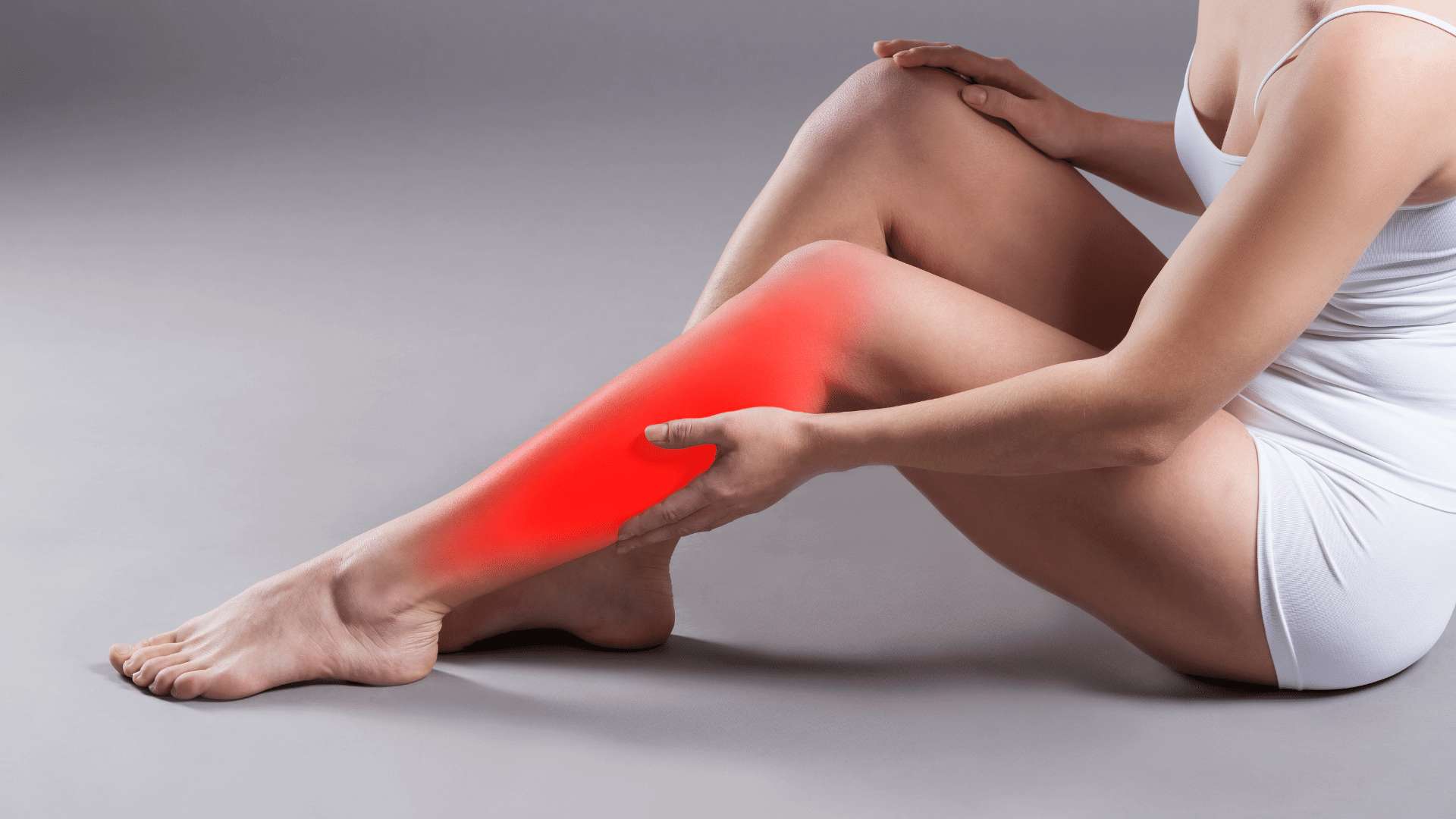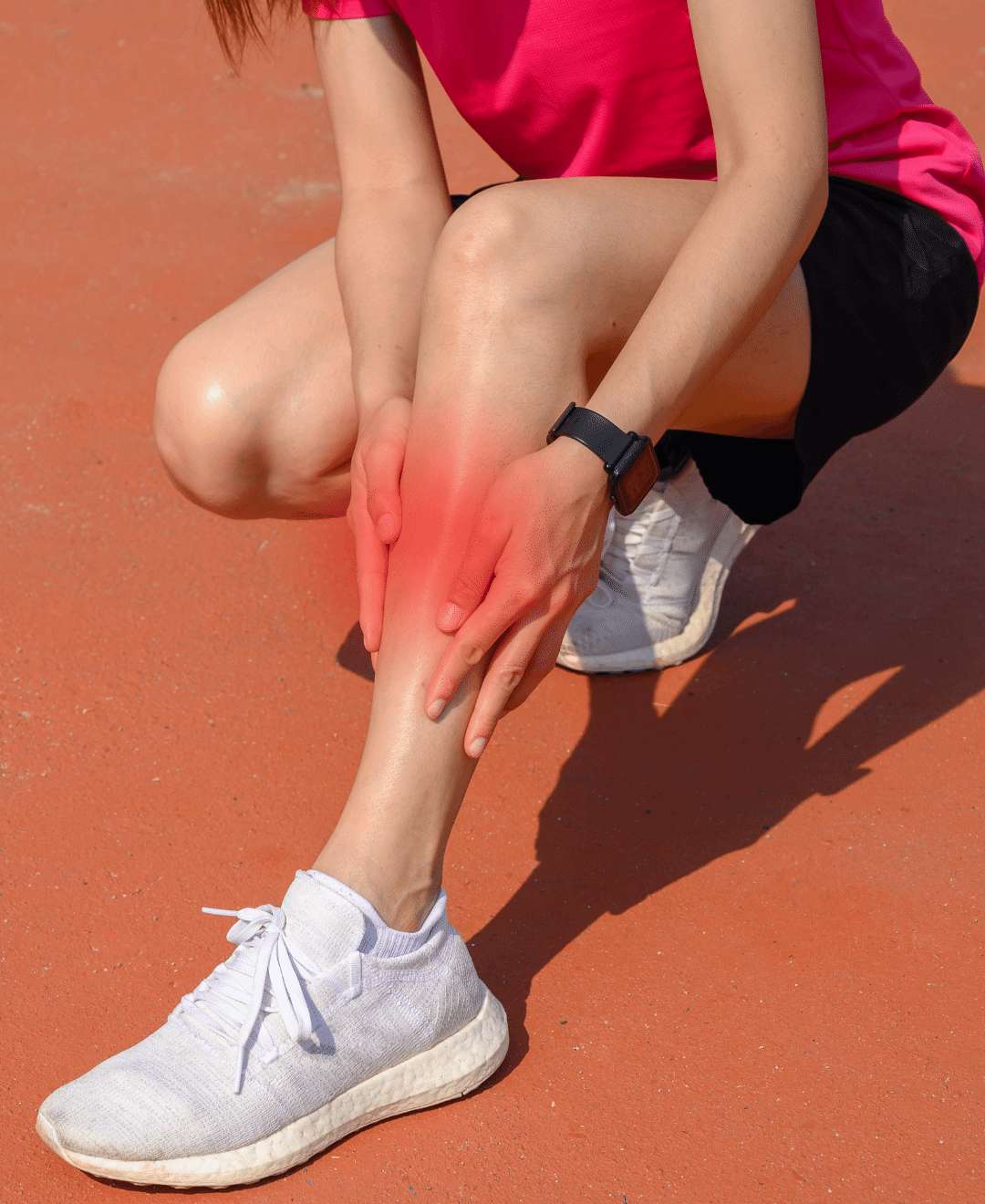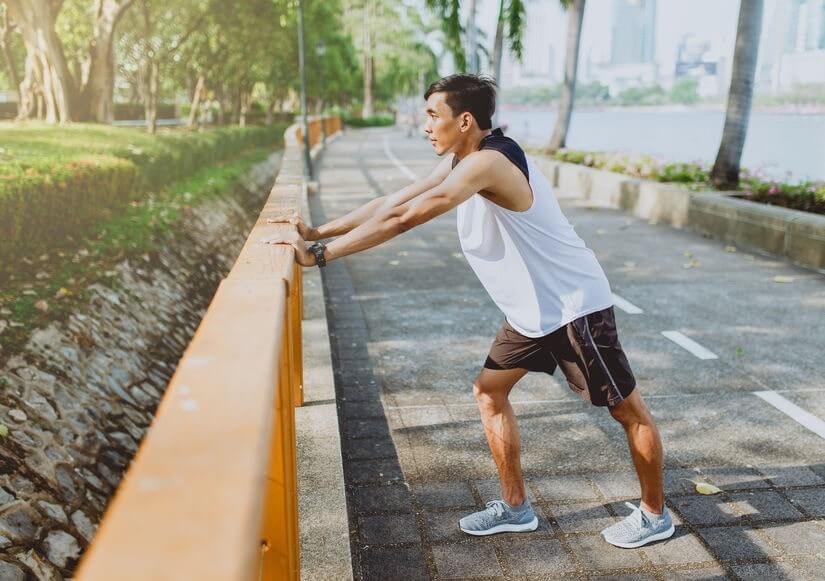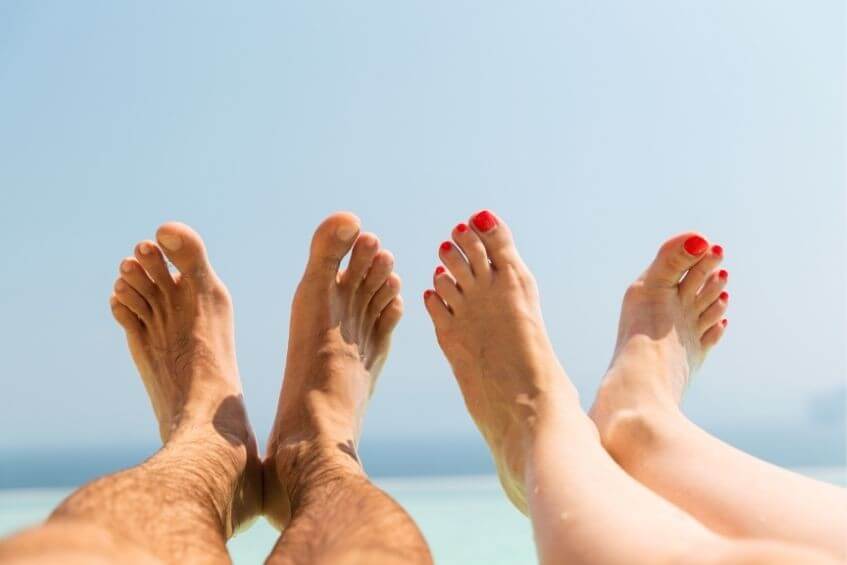
Jump to section
If you're experiencing pain in your lower legs, and specifically along your shins, then you may have developed medial tibial stress syndrome, more commonly referred to as shin splints.
It occurs when the muscles, tendons and other tissue around your tibia (shin bone), or even the tibia itself becomes inflamed or swollen. It is usually due to overuse and repetitive stress being placed on the area that it is unable to cope with. In this state, your body is unable to recover properly if you continue to subject it to high levels of load and stress through daily activities and physical exercise.
Shin splints are a common injury that can affect one or both of your lower legs, with pain, stiffness and swelling felt along the inside of your shin bone.
As mentioned, the most common cause of shin splints is overuse from exercise and daily activities.
When repetitive high loads are placed on the shin bone and surrounding soft tissue structures, they sit in a constant state of fatigue. This results in a diminished ability to absorb the excessive shock forces they are being placed under.
Anyone who's physically active will be at risk of developing shin splints. The condition is commonly associated with weight bearing activity or running-based sports. It especially tends to affect those participating in sports that require you to stop, start and change direction quickly such as; AFL, basketball, dancing, netball and soccer. This excessive movement puts extra stress on the muscles and tendons of the legs, causing them to fatigue.
Other factors that may also contribute to your shin splints include:
If you start to experience pain on the inside of your lower leg along the shin bone (tibia), then you may have shin splints.
Your shin splints pain will often be worse at the beginning and end of exercise but subsides during activity. As the injury progresses however, you may find you also experience pain during activity and at rest.
Other symptoms associated with the condition may include:
There are a number of other conditions that have very similar symptoms to those of shin splints, so it's important to get diagnosed by a podiatrist to ensure you're put on the correct treatment plan.

The signs and symptoms of shin splints closely resemble those of tendonitis (inflammation of a tendon), so it's important that our podiatrists in Brisbane are able to correctly diagnose your condition.
To diagnose shin splints, we would take into account your present signs and symptoms and then complete a physical assessment of the lower limbs and further specialised assessments. Diagnostic imaging may be required to assess if a stress fracture or reaction has occurred.
To avoid the injury declining into a stress fracture and to enable the fastest recovery, it is necessary to start a treatment plan as soon
as possible.
The first step is to address the cause of your shin splints so we can adapt your lifestyle if necessary.
Once we have identified the cause and taken steps to address it, we will often suggest a personalised combination of the following
treatments to allow you to achieve the fastest and most effective recovery.
When returning to exercise, gradually increase the intensity over the first few weeks to ensure your shins can bear the load. If you return to high intensity exercise too quickly and don't modify your daily activities, then the injury may reoccur.
If you do have medial tibial stress syndrome and you continue to ignore your pain, it could progress into a stress fracture of the shin bones. If this occurs, you may be required to wear a moon boot for an extended period of time and there's even the possibility you would require crutches.
To help prevent shin splints, you shouldn't wait to experience pain before making changes to your lifestyle. If you engage in physical activity, there are a number of simple, preventative measures you can implement to help reduce your risk of developing this injury.

Take the knee-to-wall test to find out! We also provide you with a number of stretches that will help improve your ankle mobility.

Not everyone needs orthotics, but they can play an integral role in treating or relieving pain in several foot and lower limb conditions.

The heat and humidity of an Australian summer makes it a prime time for issues to arise, so our newest podiatrist Lucy has put together
seven helpful tips to keep your feet healthy and problem free throughout summer.
| Monday | 7:40am - 6:00pm |
| Tuesday | 7:40am - 6:00pm |
| Wednesday | 7:40am - 6:00pm |
| Thursday |
7:40am - 6:00pm |
| Friday | TEMP CLOSED |
| Saturday | CLOSED |
| Sunday | CLOSED |
Ground Floor, 344 Queen Street,
Brisbane City QLD 4000
| Monday | 7:40am - 6:00pm |
| Tuesday | 7:40am - 6:00pm |
| Wednesday | 7:40am - 6:00pm |
| Thursday |
7:40am - 6:30pm |
| Friday | 7:40am - 5:00pm |
| Saturday | 7:40am - 4:30pm |
| Sunday | CLOSED |
Newmarket Village, 114/400 Newmarket Rd, Newmarket QLD 4051